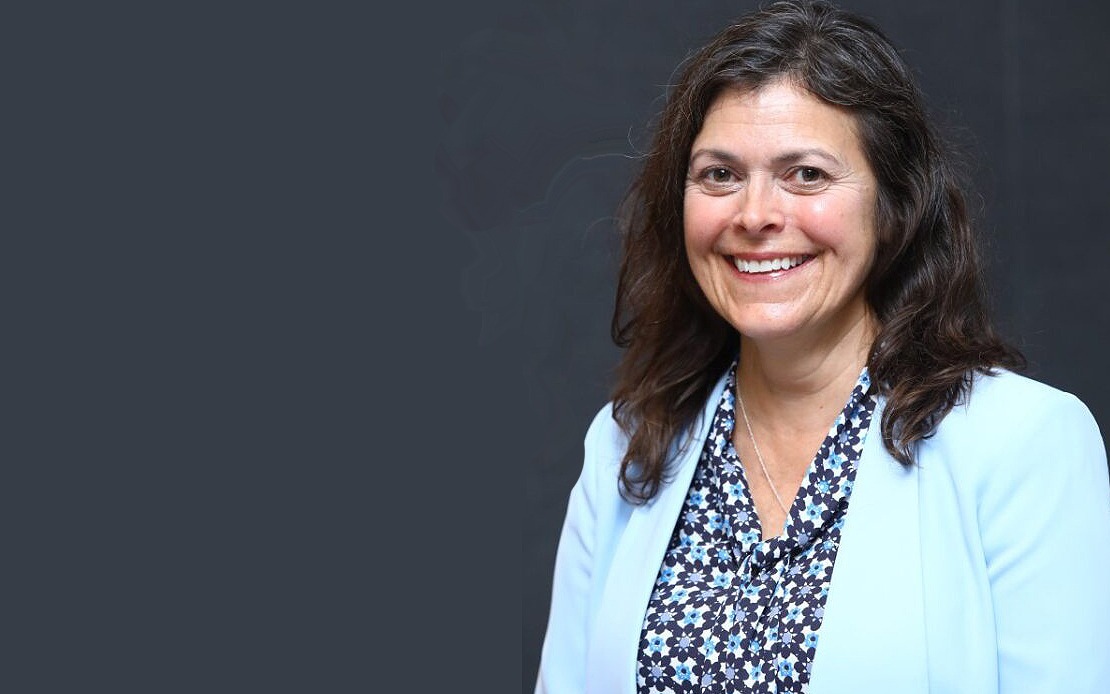Breast self-checks vital to detect cancer early
By Ainul Huda Mohamed Saaid
KUALA LUMPUR (Bernama) -- Early detection of breast cancer is crucial in enhancing positive outcomes from treatment.
Unfortunately, according to National Cancer Society Malaysia (NCSM), 43 percent of breast cancer cases in this country are only discovered when in the late stages, namely the third and fourth stages.
“This is unfortunate because breast cancer is highly treatable if detected early.
“We urge our women to be aware and be proactive in seeking medical advice if they find any abnormalities (on their breast),” NCSM medical director Dr M. Murallitharan told Bernama recently.
Breast cancer is the top cancer afflicting women worldwide. In Malaysia, one in every 30 women is at risk of this disease.
UNDERSTANDING THE STAGES
Early detection practices like mammograms (a screening tool to detect breast cancer in women), clinical breast examinations and breast self-examinations remain some of the most important ways to detect breast cancer early and increase survival rates.
The size of the detected tumour determines which cancer stage a patient is at and, according to the American Cancer Society, the five-year survival rate declines quickly as breast cancer proceeds to the next stage.
The five-year survival rate refers to the percentage of people who live at least five years after being diagnosed with cancer.
At stage zero, the abnormal cancerous cells are non-invasive which means they are still within the original location of the breast where they started.
Stage one occurs when the cancer cells break through the original site and invade the surrounding tissue.
At this stage, the tumour is just under or at two centimetres and it is still within the boundaries of the breast.
There are two subcategories or conditions for this stage: the first condition is there is no lymph node involvement and the second, there is micro-metastases or very small spreading out of one to three lymph nodes.
Stage two breast cancer has two subcategories as well. In the first subcategory, the tumour is more than two centimetres but smaller than five centimetres with lymph node involvement.
The second subcategory is where the tumour is larger than two centimetres but without lymph node involvement or larger than five centimetres but not attached to the chest wall and without lymph node involvement.
“When a tumour is discovered between stages one and two, the chances for a successful treatment is at its highest as it is still contained locally,” said Dr Murallitharan, a public health physician.
Stage three has three subcategories. The first subcategory is where the tumour is less than five centimetres and has spread to five to nine lymph nodes but has not spread to distant sites.
The second subcategory has two conditions – first, the tumour has grown into the chest wall or skin but without lymph node involvement and second, the tumour has not grown but up to nine axillary (armpit area) lymph nodes are involved.
The third subcategory is where the tumour can be at any size, spread to 10 or more lymph nodes in areas such as under the clavicle or collarbone or above the clavicle, and the cancer has enlarged the mammary lymph nodes.
At this level, the cancer cells are beginning to reach out beyond the breast with some lymph nodes invaded, while the tumour may or may not have attached itself outside the breast.
Stage four is the advanced stage where the cancer has spread beyond the breast and its adjacent lymph nodes to other organs of the body that may include the brain, lungs or liver.
“It is also called metastatic cancer and if cancer reoccurs it is often at this stage,” Dr Murallitharan explained.
EARLY DETECTION KEY TO SURVIVAL
Stressing the importance of regular breast self-checks that can be done while showering and would take less than a minute, he said: “Symptoms to look out for during breast self-checks include swelling of all or part of the breast, skin irritation or dimpling, breast or nipple pain, nipple retraction or nipple turning inward, redness, scaliness or thickening of nipple or breast skin, and/or unusual nipple discharge.”
Women who are over 40 years old are encouraged to get a yearly mammogram. A recent Swedish Cancer Institute study revealed that women between the age of 40 and 49 who have had yearly mammograms and subsequent breast cancer diagnosis fare better than those who do not.
Meanwhile, to promote breast self-checks, NCSM will collaborate with Southern Lion Sdn Bhd, which manufactures and markets shower foam under the Shokubutsu brand, to conduct the Breast Self-Check: You Are My Pink Reason campaign.
The one-month campaign will start in the middle of this month. During the campaign, NCSM professional nurses will tour Malaysia's central region in a mobile truck themed, “You Are My Reason", to provide free clinical breast examinations to women.
“The nurses will also teach women the correct methods of conducting a breast self-examination, as well as the signs to look out for in breast cancer.
“On top of that, the truck will be providing additional health services, including body mass index measurement and blood glucose and blood pressure readings,” said Southern Lion managing director Tatsuya Horiuchi.
The campaign will also feature a series of contests and activities to educate the public on the importance of doing breast self-checks to detect cancer early.
Edited by Rema Nambiar
-- BERNAMA
HealthEdge
EXCLUSIVE

Pet Vaccination, Public Awareness And Surveillance Key Towards Rabies-free Southeast Asia - Experts
KUCHING, Dec 11 (Bernama) -- The goal of making Southeast Asia free from human rabies can be achieved through a total understanding of the disease, how it can be prevented and responsible pet ownership among communities, say experts.
read more ››IN FOCUS

TAVI KAEDAH BAIK PULIH INJAP JANTUNG TANPA PEMBEDAHAN




